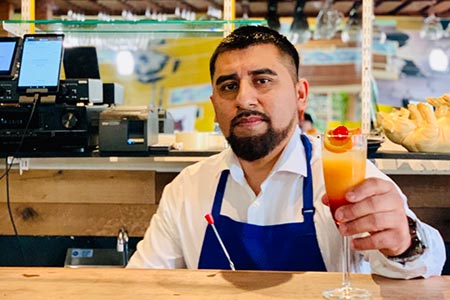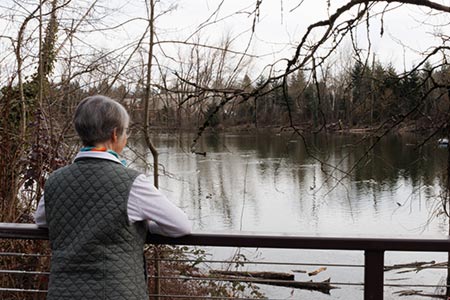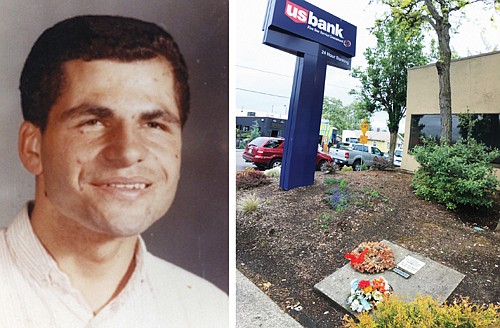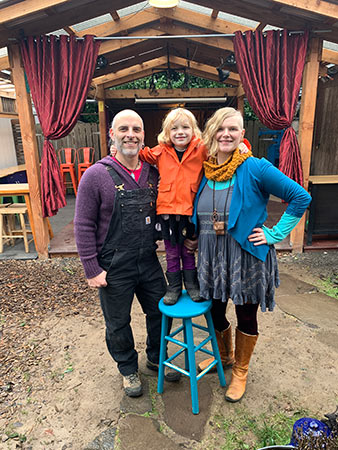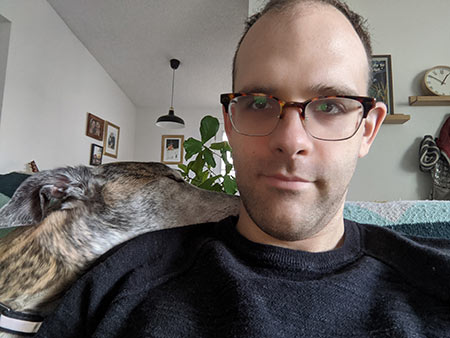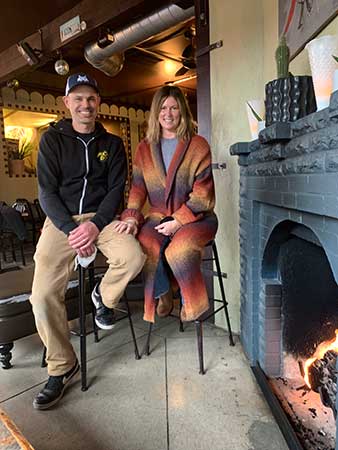By Andy Pfandler | Concordia Neighbor
I followed with interest the discussion around siting the Safe Rest Village (SRV) at the Whitaker site, ultimately I feel saddened and a little ashamed at the way things played out. I understand why Portland Public Schools (PPS) chose not to approve using that location, and I have a problem with the way our community reacted to the proposal. Instead of sending out flyers and letters I wish we had collectively said “Maybe not here, how else can we help?”
The flyer that ended up at my house in November was full of dog whistles and not based in reality. It was also hypocritical. Do those who rent or own undergo mental health screenings when moving here? Are our choices around drug use, pets or anything else scrutinized?
The request for engagement in the letter the Concordia Neighborhood Association (CNA) sent to PPS seems reasonable. But to me, the tone in that letter is “not here.” There is not even a throwaway sentence about wanting to support or provide housing for people who are homeless.
I think we need to do more to support our neighbors. Does the CNA represent all people living in the neighborhood or just those privileged enough to be living in a parcel? Do you want people to leave, or do you want to help, maybe both?
I work at a nonprofit that provides behavioral health support to people living in shelters. My No. 1 recommendation: ask people what they need. Experiencing homelessness is traumatic, and can cause a loss of agency and voice. I’d like to believe that we as a community can find ways to lift up the voices of people who have been marginalized and dehumanized. Individually, you can talk to people, the discomfort fades quickly. Systematically, the CNA could work to include our unhoused neighbors. What great ideas can we collectively brainstorm to lift up people’s voices?
In lieu of asking what people need, here are some suggestions based on my experiences: organize trash pick ups, provide sanitary ways for people to use the bathroom, set up a system for clean water, be friendly, advocate for housing-first policies, help people wash their clothes, give them money and let them choose, support mutual aid groups or nonprofits doing this work.
I think the SRV idea is a good one, the Whitaker site was not the place, and I wish we had been more welcoming. We can do better.
CNA respects the views and beliefs of all Concordians, and their cultures and faiths. The views expressed by this writer do not necessarily reflect the views of CNA. For details about submitting a Reader’s Opinion piece for publication, visit ConcordiaPDX.org/CNewsSubmissions.
